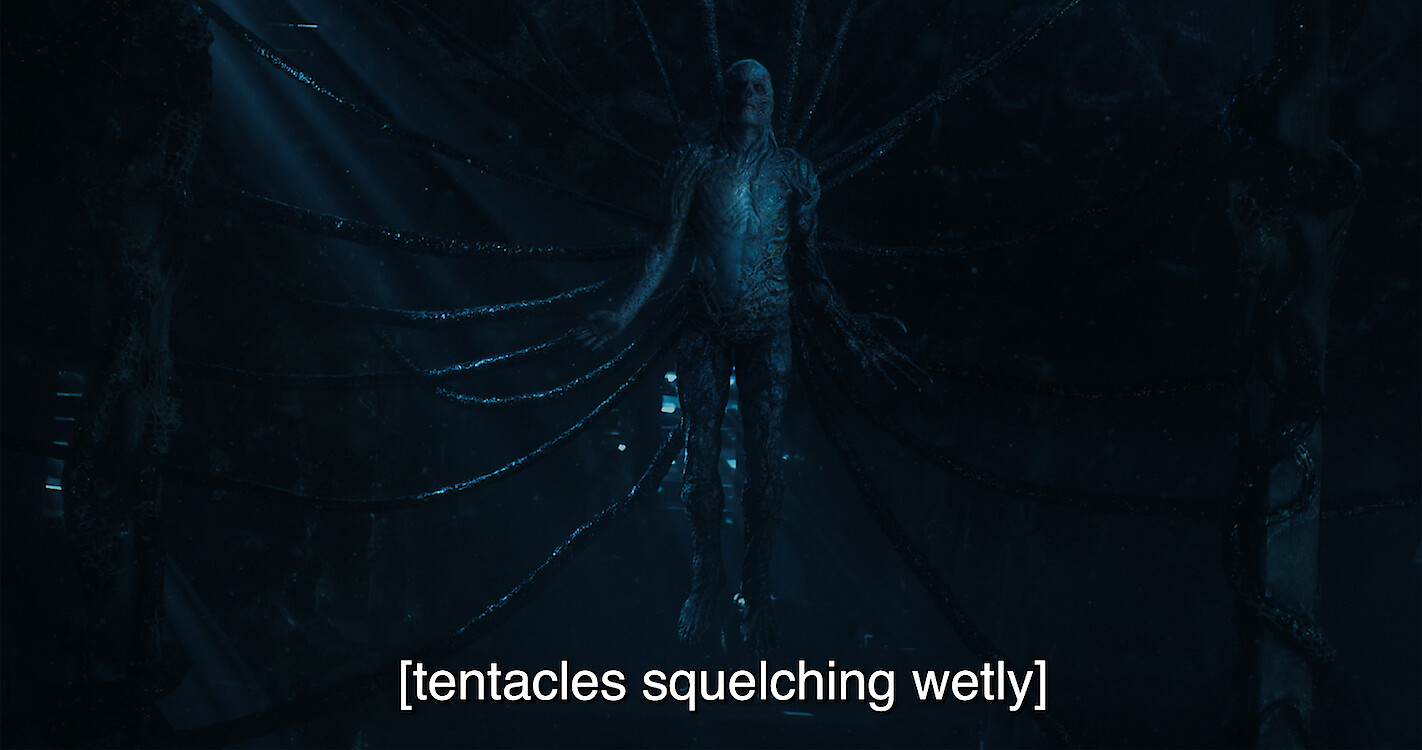Did you know, according to a study by Verizon Media, 80% of people who use captions are not deaf or hard of hearing? Another similar study conducted by Ofcom (the Office of Communications), the United Kingdom’s regulatory body for broadcasting, found that 7.5 million people in the UK (18% of the population) use closed captions or subtitles, as they are called in the UK. However, of that 705 million, only 1.5 million were (d)Deaf or hard of hearing. This implies that 805 television viewers who used closed captions are not (d)Deaf or hard of hearing.
Surprising! Right?
Let us discuss some more facts before we dwell on the reasons.

Captioning % expected by consumers based on content type –

Image credit: Verizon Media
Why are captions famous among abled audiences?
In a nutshell, the answer to this question was answered in the Ofcom study, where people admitted that captions/subtitles are generally very effective in making programs understood.
Studies have also proved that adding captions or subtitles to videos improves memory, comprehension, and attention to videos for audiences across ages, from children to adults. Closed captions have benefitted everyone, from students to moviegoers, even if they are not (d)Deaf or hard of hearing.
Who are the not hard of hearing users using closed captions –
- Viewers who use English as a second language hugely benefit from using closed captions. Adding captions allows them to improve their English language comprehension and fully understand the content.
- Students who are not hard of hearing are another set of users who use captions as frequently as their (d)Deaf or hard-of-hearing counterparts. Captions have helped students to focus, retain information, and understand the academic material.
- Ardent movie watchers love having closed captions while indulging in the movie of their choice. Closed captions have helped people understand different accents. Redditors have confessed to having closed captions switched on all the time. They even agreed that they couldn’t enjoy any video without subtitles.
- Remember the Verizon media statistic which said every 1 in 3 people has captions in a public setting? People love watching videos while traveling, sitting in a park, or library, and having closed captions allows them to enjoy the content without creating a nuisance for others.
- These are just a few reasons why many viewers prefer closed captions even if they are not (d)Deaf or hard of hearing. Not to mention, sometimes having closed captions is too much fun; remember the Stranger Things season 4 finale?
-

-
Image credit:Netflix
- Whatever the reason, closed captions are a tool that is leveraged by more than those who require them for accessibility.